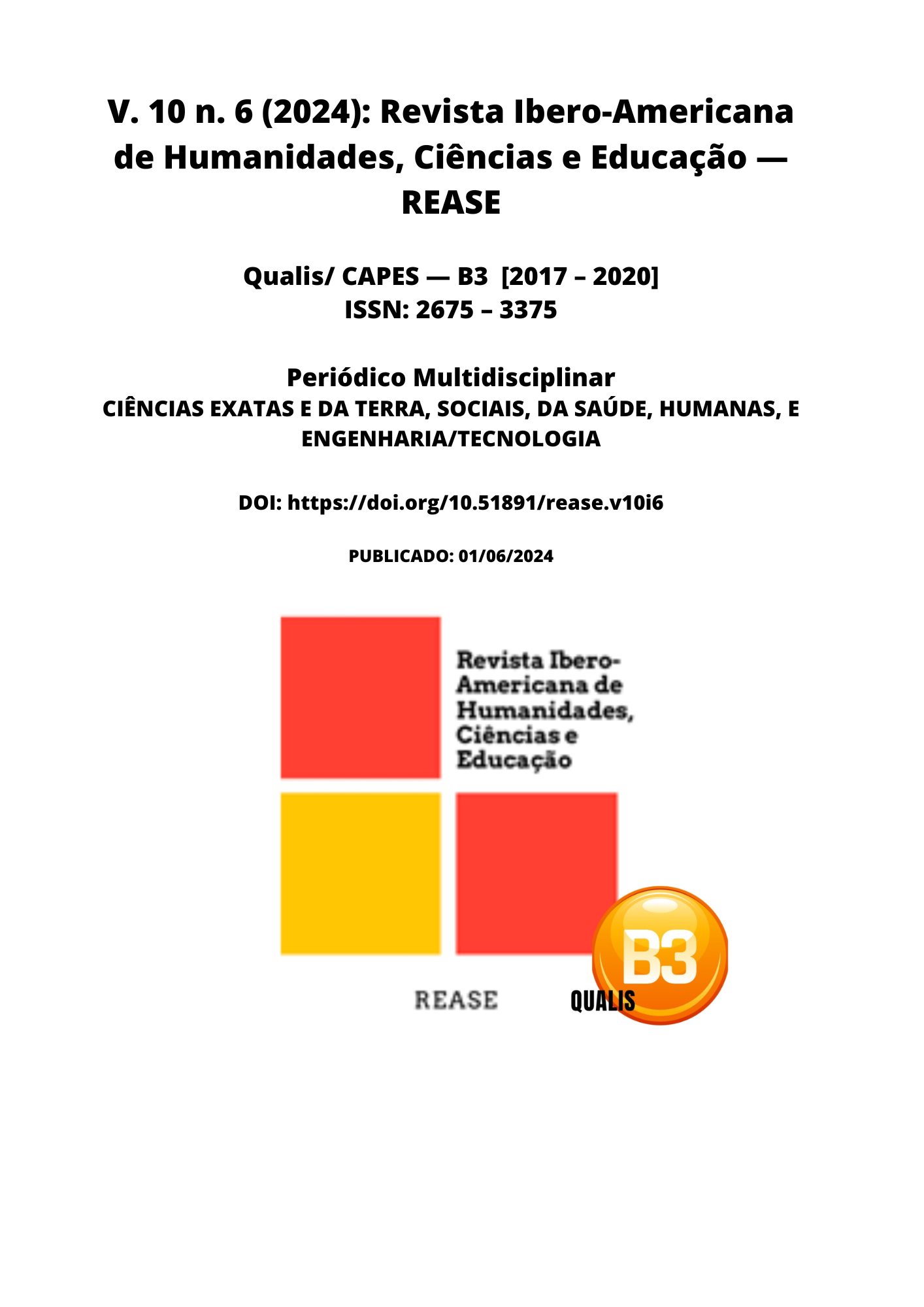ROSACEA: TRIGGER, TOPICAL THERAPIES AND MAINTENANCE REGIMES
DOI:
https://doi.org/10.51891/rease.v10i6.14512Keywords:
Rosacea. Triggers. Topical therapies. Maintenance and treatment regimes.Abstract
Rosacea is a chronic inflammatory skin disease characterized by persistent facial erythema, telangiectasias, papules and pustules. Its triggers range from sun exposure to spicy foods, alcohol and stress. Therapeutic management often involves topical therapies, including metronidazole, azelaic acid, and ivermectin, as well as maintenance regimens to control symptoms and prevent recurrences. Objective: The objective of this systematic review is to analyze studies from the last 10 years that have investigated rosacea triggers, most effective topical therapies, and maintenance regimens to provide a comprehensive and up-to-date look at the management of this condition. Methodology: The search was carried out in the PubMed, Scielo and Web of Science databases, using the descriptors "rosacea", "triggers", "topical therapies", "maintenance regimes" and "treatment". Inclusion criteria were studies published in the last 10 years, in English or Portuguese, that investigated triggers, topical therapies and maintenance regimens for rosacea. Exclusion criteria were studies unrelated to the topic, animal studies and studies with small samples. Results: The studies reviewed highlighted the importance of controlling triggers, such as sun exposure and spicy foods, in managing rosacea. Additionally, topical therapies such as metronidazole and azelaic acid have been effective in controlling inflammatory symptoms. Maintenance regimens, including skin care and continued medication use, were essential to prevent recurrences and maintain disease remission. Conclusion: This systematic review highlights the importance of understanding rosacea triggers and using appropriate topical therapies and maintenance regimens to control symptoms and improve patients' quality of life. This updated information can guide healthcare professionals in effectively managing this common dermatological condition.
Downloads
Downloads
Published
How to Cite
Issue
Section
Categories
License
Atribuição CC BY

